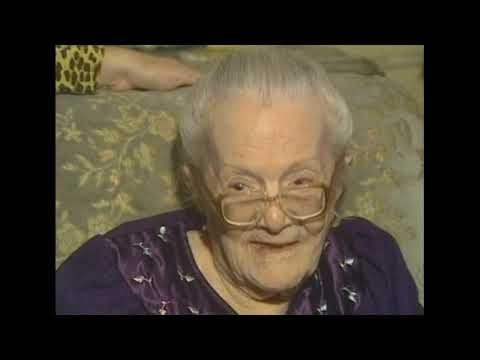The original medal of the Cervantes Prize, awarded by King Juan Carlos I of Spain to the great Cuban writer Dulce María Loynaz, was donated to the cultural center that promotes her work and that of her brothers in Pinar del Río.
Luis Enrique Rodríguez Ortega, director of that institution, received the piece from the hands of María del Carmen Herrera Moreno, heiress of the Loynaz family, who 31 years ago accompanied Dulce María at the award ceremony in the auditorium of the University of Alcalá de Henares.
Along with the Cervantes Prize medal, the cultural center also received the original certificate that certifies that award and a copy of the latest edition of the book A summer in Tenerifeone of the best-known prose works of the 1987 National Literature Prize, according to the Pinar del Río newspaper Guerillero.
“I thought a lot about this decision, Dulce María asked that the medal remain in the family, but I believe that I have not betrayed her will at all because this center is also the family,” Herrera Moreno declared when handing over the donation.
“She defended Pinar del Río a lot, because it was Pinar del Río who returned her to the public life of her country. I feel very proud to present the medal to you, I am very grateful for everything you have done for the Loynaz family,” she added, reported by the local media.
On February 19, 1990, the poet donated her personal library to Pinar del Río, as well as the decorations she had earned for her literary creation. This fact led to the creation of the Hermanos Loynaz Center for the Promotion and Development of Literature, currently called the Hermanos Loynaz Cultural Center.
The institution treasures more than 2 thousand titles that belonged to the family libraries, among them numerous prince editions, and works autographed by their authors.
It also houses the desk and shelves that the mother gave to Dulce María on the day of her graduation as a doctor in Civil Law from the University of Havana, in addition to several pieces of decorative arts by the author of Gardena symbolist novel written in poetic prose that marked a milestone in Latin American literature.

Dulce María and Pinar del Río
In the 1960s, the pianist from Pinar del Río José Antonio Martínez de Osaba began his investigations into Dulce María Loynaz. He then began searching for her whereabouts, amidst versions that she was abroad with her husband, the social chronicler Pablo Álvarez de Cañas, who had left for the United States at the very beginning of the triumph. revolutionary.
After a tenacious investigation, he found Loynaz’s whereabouts in 1969 and, through extensive correspondence and periodic visits, the two built a great friendship.
After that first approach of the writer with a representative of Pinar del Río, the one who sealed her fluid relationship with the province famous for its cigars was the journalist and art critic Aldo Martínez Malo, whom the poetess met personally in 1971.
Both had an intense correspondence that would later be collected in the epistolary. Letters that were not lost.
Dulce María Loynaz: “Who would return me to the remote root”
see more
Biographical trace
Born in Havana on December 10, 1902 and died in the same city on April 27, 1997, at the age of 94, María de las Mercedes Loynaz Muñoz—who was always known as Dulce María—is one of the main lyrical voices from the Latin American pantheon of the 20th century.
In his poetic production, books such as Water games (1947), Love letter to King Tut-Ank-Amen (1953) and Poems without a name (1958).
Host in Havana of personalities of Latin American literature such as Federico García Lorca, Juan Ramón Jiménez and Gabriela Mistral, she also masterfully exercised journalistic chronicle and the testimonial genre with texts such as Faith of life (nineteen ninety five).
Likewise, Dulce María was a passionate traveler, traveling to countries in Europe, Africa and the Middle East, as well as the United States and Central and South America.








